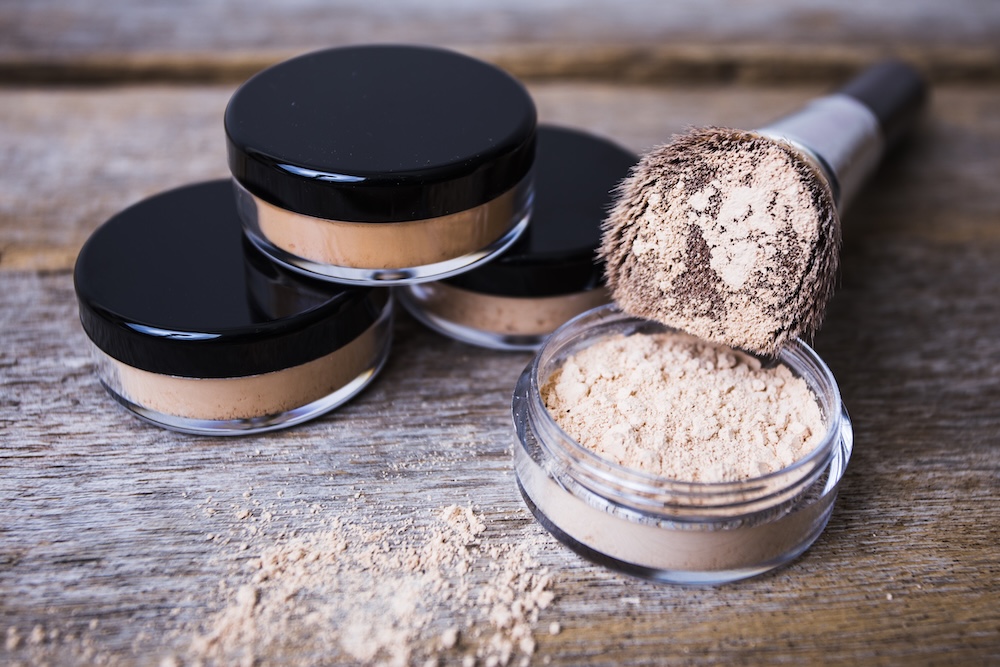What Is Mica?
Mica is a group of naturally occurring minerals known for their shiny, reflective quality. It’s used in everything from makeup and paints to insulation, electronics, and construction materials. Because of its shimmering appearance, mica is especially popular in the beauty industry, where it’s added to foundations, highlighters, and eyeshadows.
While mica is indeed a natural mineral, that doesn’t automatically mean it’s harmless. In fact, mica has drawn increasing scrutiny due to both health concerns and environmental impact—not to mention human rights issues tied to how it’s sourced.
Is Mica Safe for Humans?
Topical Use in Cosmetics
- Generally safe when applied to skin in regulated amounts.
- Can cause mild irritation in some individuals, especially in powder form.
- Inhalation of mica dust, however, is a serious concern. Prolonged exposure in occupational settings may lead to lung inflammation or scarring (a condition known as pneumoconiosis).
Inhalable Risks
- Loose mica particles in powdered cosmetics, like eyeshadow or setting powders, may become airborne.
- Long-term exposure to these airborne particles—especially in poorly ventilated areas—can pose health risks over time.
Environmental Impact of Mica Mining
Resource Extraction
- Mica is mined from open-pit mines or underground mines, often requiring large amounts of land to be cleared.
- Mining operations can contribute to deforestation, habitat destruction, and soil erosion.
Water and Air Pollution
- Processing mica generates dust and wastewater that can pollute nearby water sources.
- In some regions, mica mining contaminates local groundwater supplies with heavy metals and particulates.
Human Rights Issues: The Dark Side of Mica
While mica is a naturally occurring mineral, its extraction is not always ethical. In some countries, particularly India and Madagascar, mica mining is linked to:
- Child labor and unsafe working conditions
- Lack of protective equipment and proper oversight
- Illegal mining operations in unregulated regions
Because of this, many companies are now being pushed to adopt ethically sourced mica—but traceability remains a challenge.
Are There Alternatives to Mica?
As awareness grows, companies are exploring synthetic mica and other eco-friendly shimmer alternatives, such as:
- Fluorphlogopite (a synthetic mica substitute)
- Rice powder, silk powder, or clay-based shimmer agents
These alternatives can provide a similar effect without the ethical and environmental concerns of natural mica.
Common Questions
Is mica natural or synthetic?
Most mica is natural, but synthetic mica is available and growing in popularity due to safety and ethical concerns.
Is mica biodegradable?
Yes, mica is naturally biodegradable, unlike microplastics often used in shimmery products.
Should I avoid mica in products?
Not necessarily, but look for brands that use ethically sourced or synthetic mica and avoid loose powders that increase inhalation risk.
What products contain mica?
Mica is found in makeup, nail polish, skincare, car paint, insulation, and even electronics.
Final Thoughts
Mica is a natural mineral with a complex footprint. It can be both useful and beautiful—but also problematic if sourced unethically or used without proper precautions.
To make sustainable choices, look for:
- Brands committed to ethical sourcing
- Synthetic mica as an alternative
- Products with low inhalation risk (like creams or liquids)
When it comes to mica, natural doesn’t always mean harmless—but informed choices can lead to healthier skin, a cleaner environment, and a more just global supply chain.









Reader Interactions